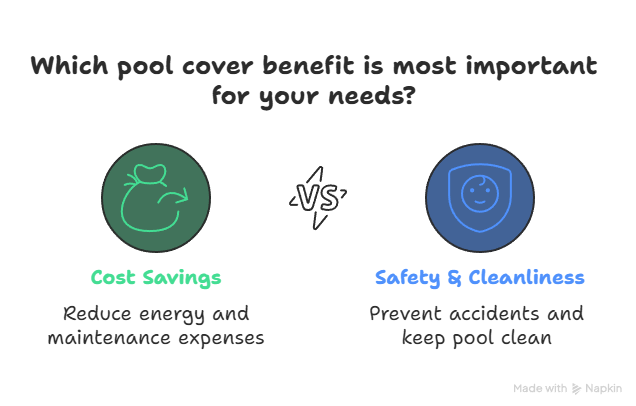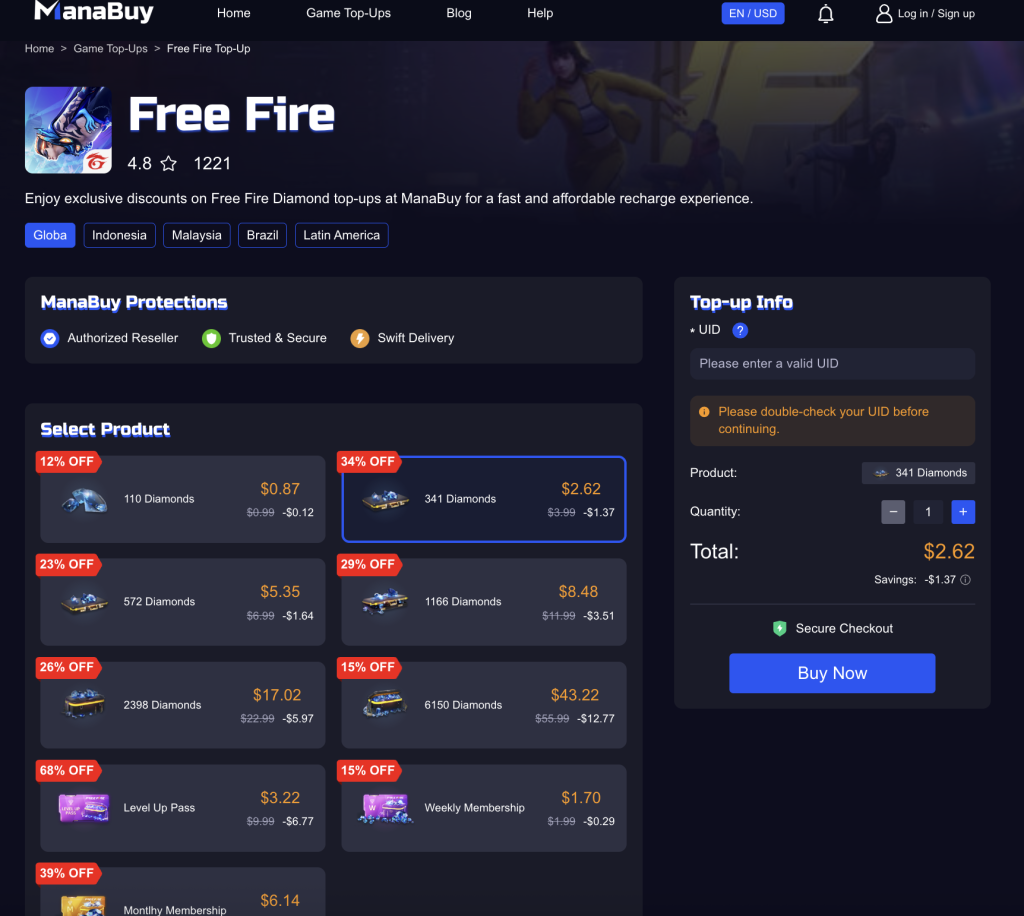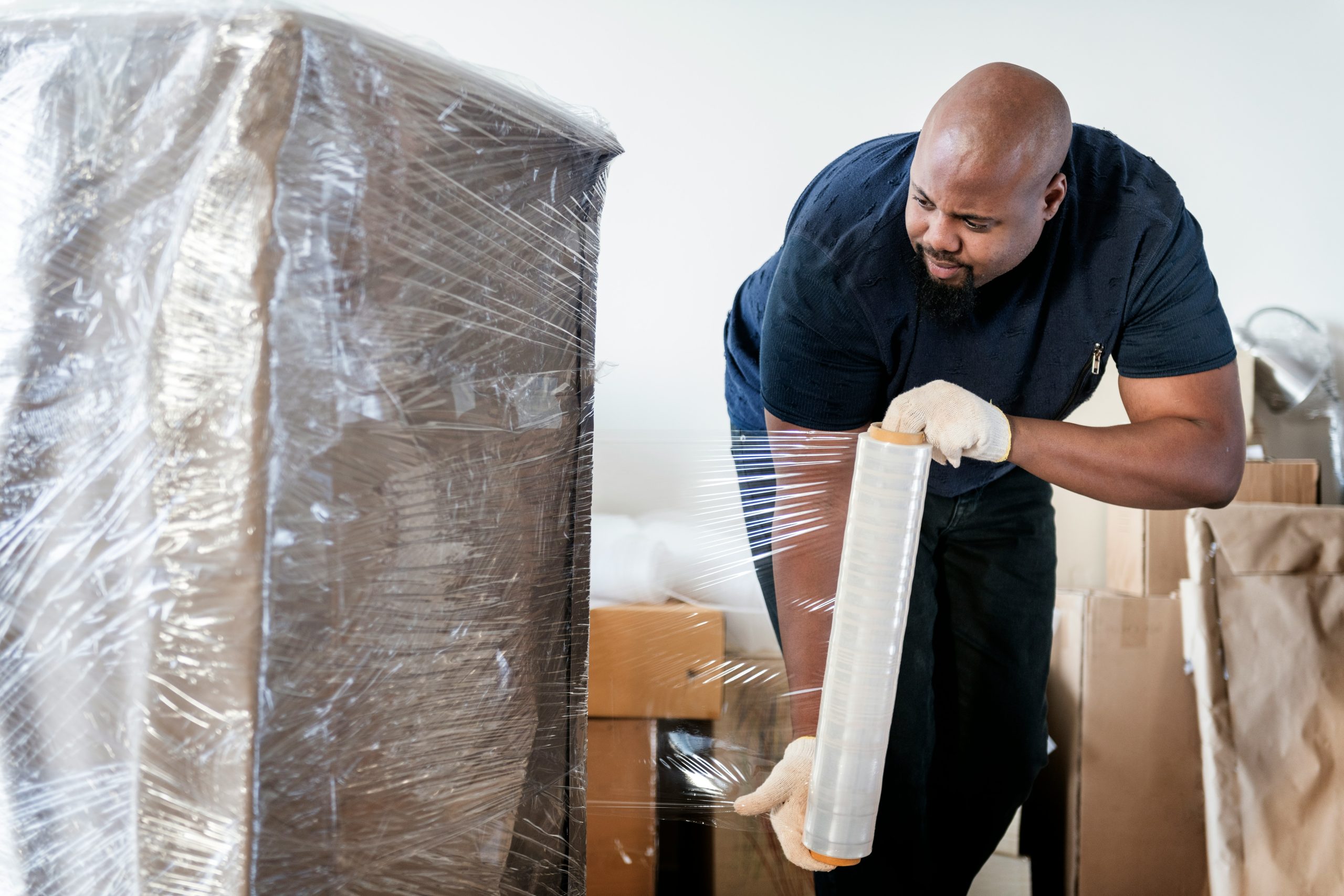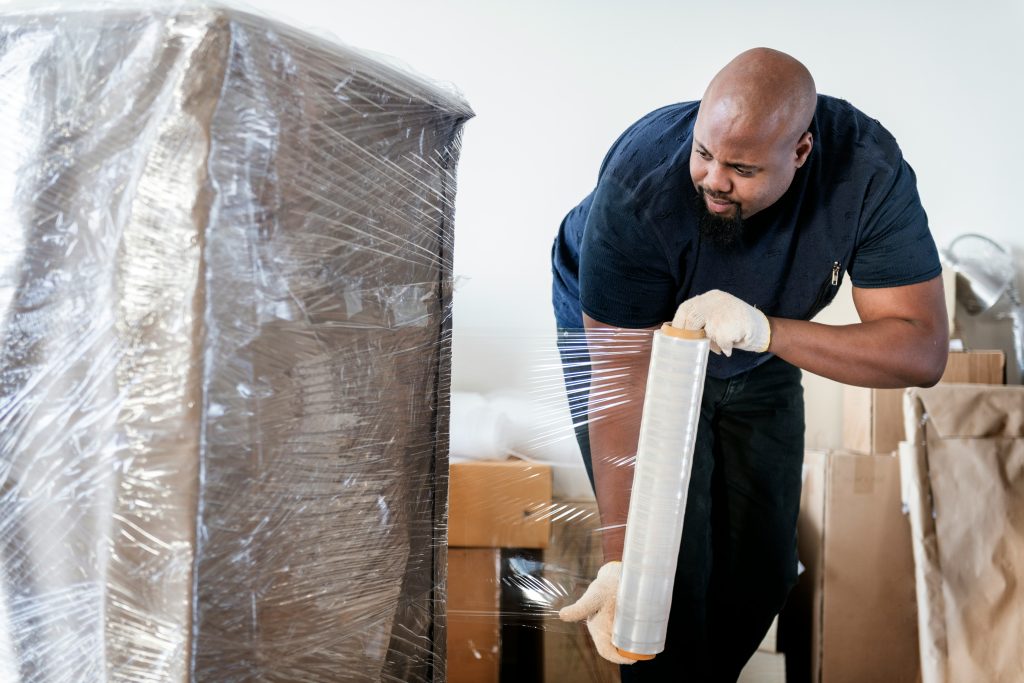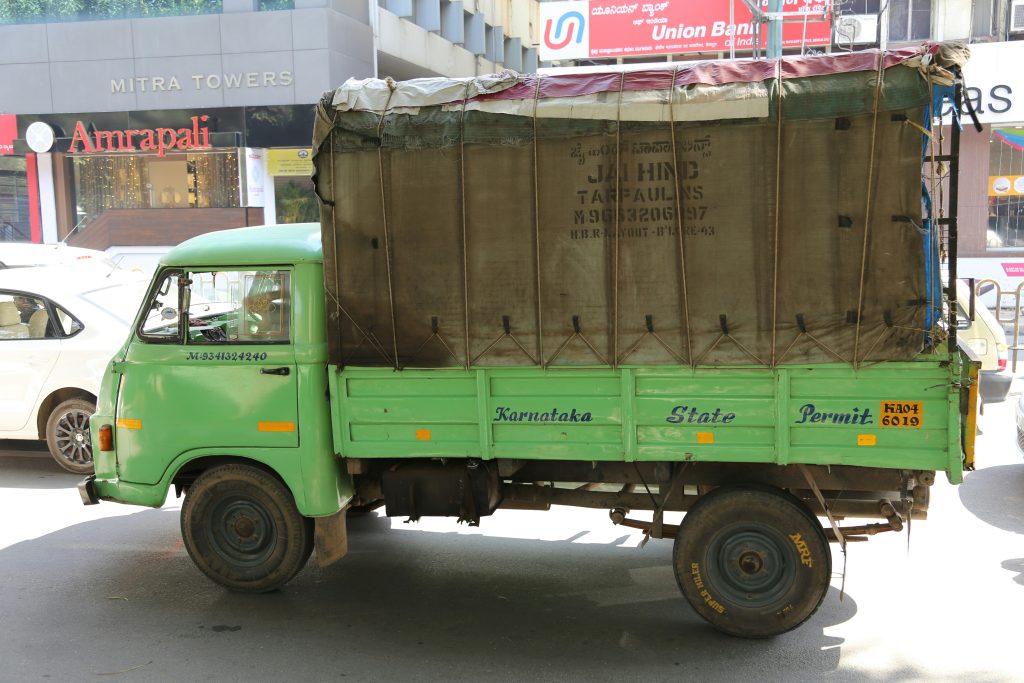
Creating a stylish and functional outdoor yard is an exciting way to maximize your living space while enjoying the beauty of nature. From entertaining guests to relaxing with a good book, the right furniture and décor can transform your yard into a true extension of your home. Key pieces, such as outdoor console tables and outdoor end tables, are essential for adding both functionality and aesthetic charm.
Plan Your Space with Purpose
Before selecting furniture, consider the purpose of your outdoor yard. Are you designing a space for dining, lounging, or socializing? Assess the available area and identify zones for different activities. Whether your yard is spacious or compact, choosing furniture that complements the layout and your style will ensure a cohesive and inviting design.
The Versatility of Outdoor Console Tables
An outdoor console table is a fantastic addition to your yard, offering both style and practicality. These narrow tables are perfect for maximizing space along walls, fences, or the back of a seating area. Use them as serving stations during gatherings by setting out drinks, snacks, or utensils.
For a decorative touch, accessorize the console table with potted plants, lanterns, or decorative sculptures. A weather-resistant console table with a sleek, minimalist design pairs beautifully with contemporary settings, while a wooden or wrought iron piece works well in rustic or traditional yards.
For added functionality, opt for a console table with storage features, such as drawers or shelves, to keep outdoor essentials like gardening tools or outdoor dinnerware organized and within reach.
Outdoor End Tables: Small but Mighty
Outdoor end tables are indispensable for completing a cozy and functional seating arrangement. These compact tables are perfect for placing drinks, snacks, or décor within easy reach. Position them next to lounge chairs, outdoor sofas, or even hammocks for added convenience.
Choose end tables that match or complement your other outdoor furniture for a cohesive look. A sturdy metal or wicker table with a weatherproof finish is ideal for outdoor use, while colorful ceramic or stone tables can add a bold, artistic flair.
For smaller yards or balconies, folding or stackable end tables are a practical option. They’re easy to store and can be brought out as needed without taking up permanent space.
Layering Décor and Finishing Touches
Once you’ve placed your outdoor console and end tables, complete the look with carefully selected décor. Add texture and color with outdoor rugs, cushions, and throws made from weather-resistant materials. Arrange potted plants, fresh flowers, or small succulents on your tables to bring a natural touch to your space.
Lighting is also crucial for setting the mood. String lights, solar lanterns, or LED candles create a warm and inviting ambiance in the evening. For a luxurious touch, consider adding a water feature or fire pit to make the space feel like a true retreat.
Conclusion
Outdoor console tables and end tables are more than just functional—they’re integral to creating a stylish and inviting yard. By thoughtfully incorporating these pieces into your design and layering them with décor, you can transform your outdoor space into a beautiful, practical, and relaxing haven. With the right mix of creativity and planning, your yard will be a place where memories are made and nature is celebrated. Get the best deals in outdoor furniture, and more only at https://summerclassics.com/
